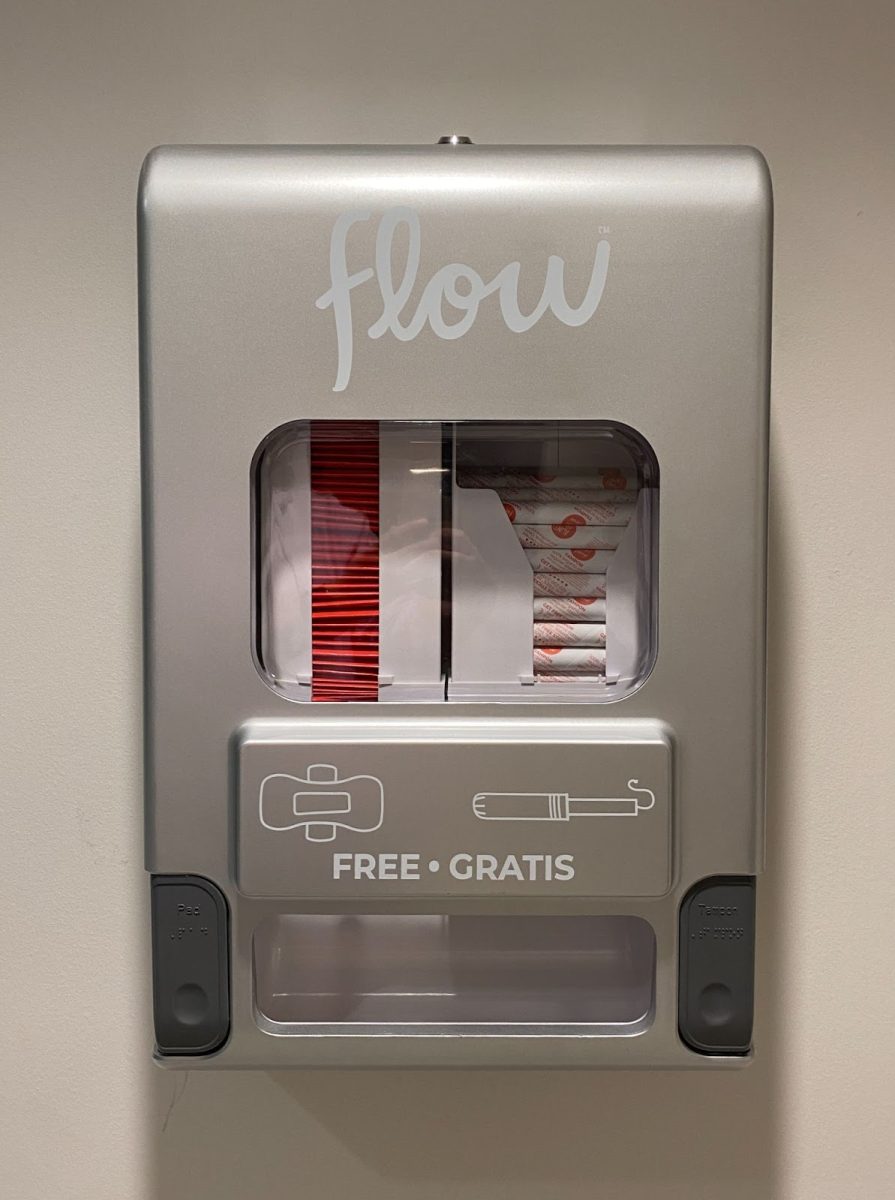Campus safety is arguably one of the most important characteristics of a higher education institution, especially for prospective students. One of Loyola’s safety assets is the emergency blue light phones across campus that easily request immediate assistance or the Public Safety officers that routinely patrol university grounds.
Campus safety has always been a lingering conversation. Recently, the discussion has been expanding, considering an incident that took place on campus in Nov. 2022 when two Loyola students were assaulted and robbed in the Newman Towers parking lot. This event preceded the most recent shooting in the area, which left five injured after two teenagers opened fire on Morgan State University (MSU)’s campus during their homecoming on Oct. 4.
“The situation at Morgan State exposed problems in the security system here at Loyola that need to be addressed by the administration and students partnering together to create a solution to concerns,” said Emma Rodriguez ‘25, a student on the Committee for Student Affairs within the Student Government Association.
Rodriguez is one of the many members of the Loyola community who have been vocal concerning the anxieties in response from Public Safety as a result of the shooting at MSU. She and others voiced their anxiety in a public forum the day after the shooting about the delayed response of Loyola officials and lack of immediate Greyhound Alert. That said, there have been a few changes within Public Safety that are meant to prepare campus security for situations such as those seen at MSU.
“I have planned our winter in-service as an active shooter tabletop for department personnel to test the new Emergency Operations Plan and our Department’s Mobilization Plan. Bulletproof vests are also being issued to department personnel to ensure they can support BPD officers as we train during the full-scale exercise,” said Adrian Black, the Director of Public Safety.
In addition to these new precautions, there are some older ones as well, including the emergency blue light phones scattered across campus. According to Loyola’s Public Safety page, , “Over 70 emergency blue light phones are strategically placed throughout campus, providing a direct line to our Public Safety personnel who will dispatch a public safety officer.”
That said, it’s reasonable for the Loyola community to seek confirmation of the reliability of the safety precautions in place. The blue light system, according to Black, is only a small piece of the greater security and safety program that Loyola has in place. For example, the LiveSafe app is a mobile phone application that allows users to easily communicate with the Department of Public Safety in the case of an emergency. Further information regarding the LiveSafe app is located on page 8 of the Annual Security and Fire Safety Report along with further detailed information regarding the safety and security plans implemented by Loyola Public Safety.
“I am hoping that students will take some time to review the annual security report available on the Public Safety website since I wanted to develop this year’s report into something that presents our security measures in one document to answer many of these questions,” said Black.










































































































